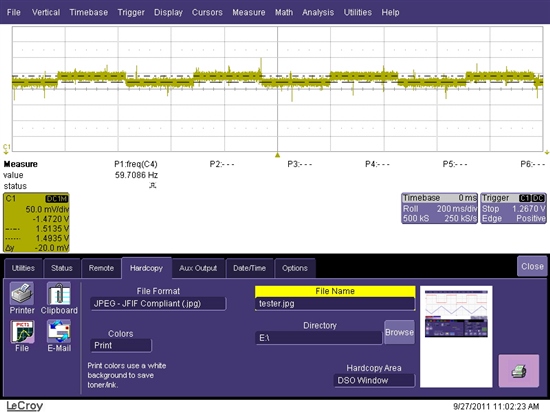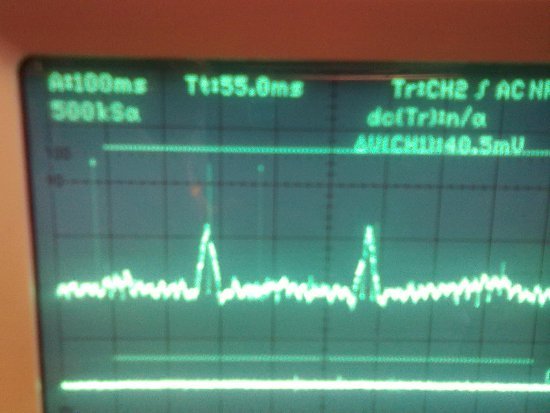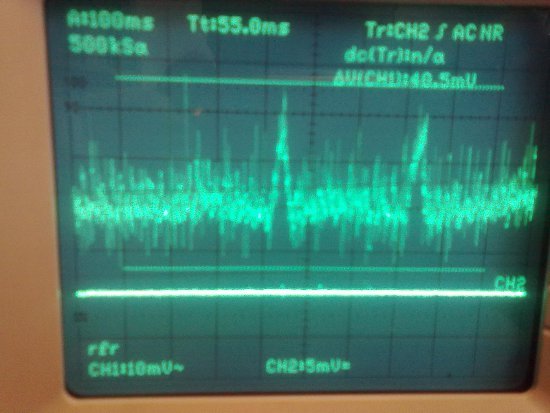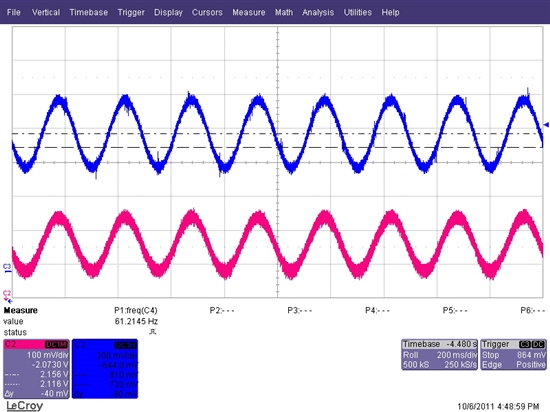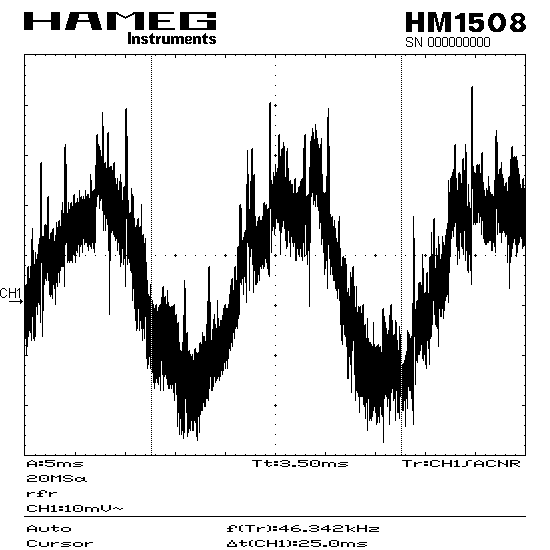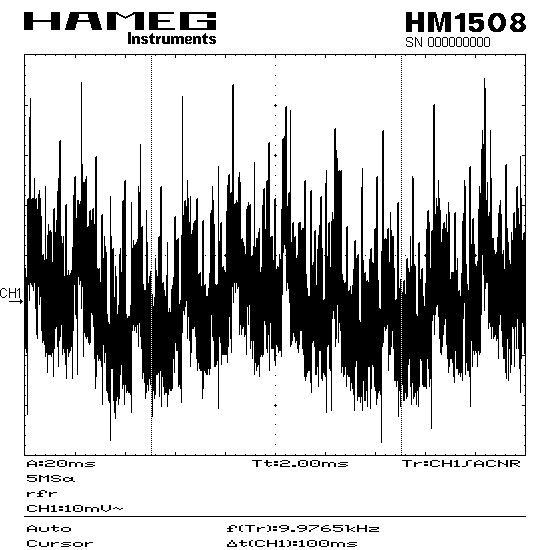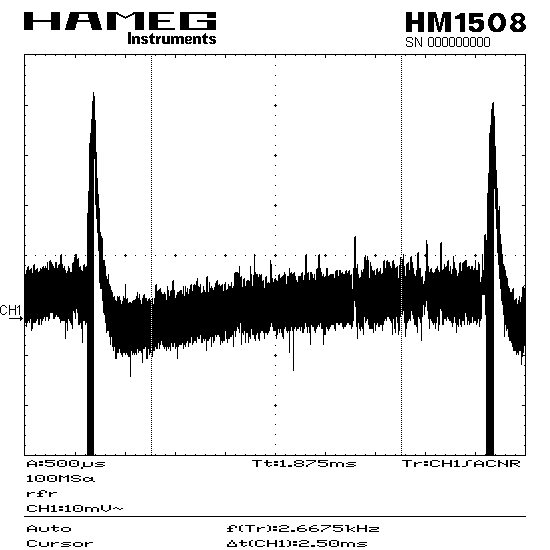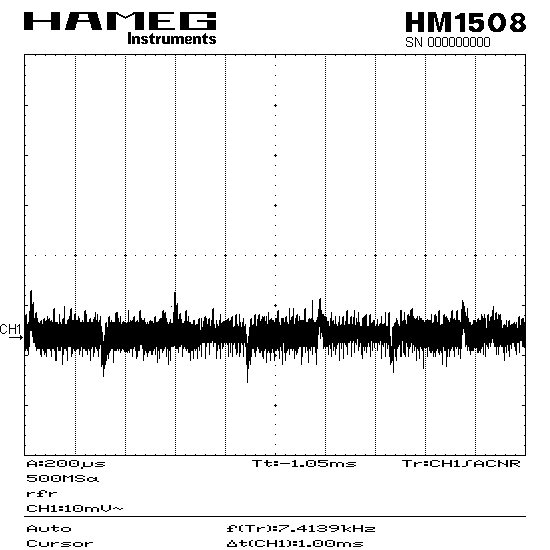Hi,
i have a problem to measure the test signal at the TESTP_PACE_OUT1 and TESTN_PACE_OUT2 pins. I have read in the datasheet at page 23 that i can measure the test signal at this pins. I have tested this with the ADS1298ECG-FE where i generate the test signal internally and i see the square-wave-signal in the analysis/scope tool. When i use a oscilloscope and want to see this signal at the TESTP_PACE_OUT1 pin i see only noise and no square-wave-signal. I have all the WCT powered down so that the WCT amplifier isn't connected to the signal path.
Why can I not measure this signal at this two pins? What am I doing wrong?
Thanks
Eckart


